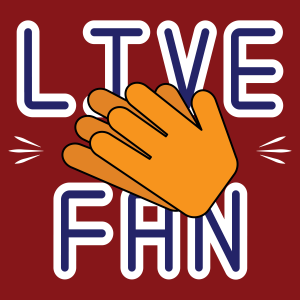by Super Fan | Feb 11, 2025 | OTHER STUFF
Sound With Friends The experience of eating out with friends can be shaped by the place you go. How you ask? Sound Clarity Acoustic Precision Immersive Experience Explore Now The Experience of Sound When we go out with friends, the energy of the group might...

by Super Fan | Oct 14, 2024 | Equipment Tests, Known Issues, TECH NOTES
Empowering Artists with Direct Fan Support Transform Your Live Performances with Fan2Stage This is a tech update, to let you know the status of feature enhancements. Currently we are working with Stripe to migrate to Stripe Connect. This will allow live streaming...

by Super Fan | Sep 29, 2024 | NEWS
Join the Ultimate Live Performance Experience Immerse yourself in the excitement of CoolToys TV Season 5 with the OnStage app. Be part of the action and cheer along with the Live Fan app! Learn More OnStage App Experience live stream performances like never before...
by Super Fan | Aug 1, 2024 | NEWS
AR Technology The First 100 to 100 Challenge is On Our Apps Live Fans – Virtually! Live Fans Change The Show. The Fan2Stage Pre-Launch beta challenge is on. What exactly does that mean? when a new company launches, they test extensivley. The Pre-Launch Beta...

by Super Fan | Jul 13, 2024 | NEWS
Live On Stage is for people that host live shows. Talk Show hosts, musicians, comedians and anyone that livestreams needs the Live On Stage to stay connected with fans without being distracted. In addition to the web based version for home studios with a laptop or...





